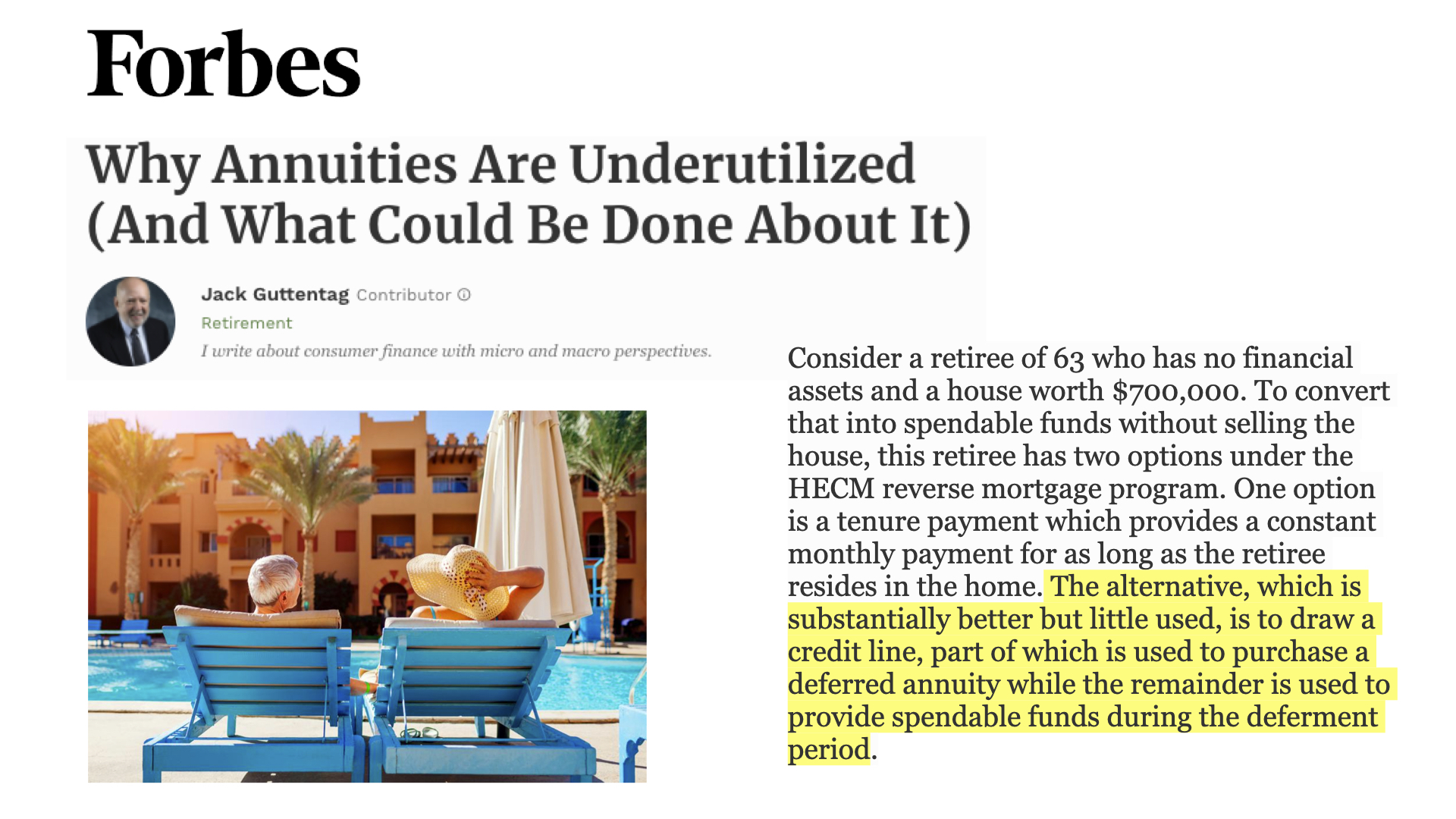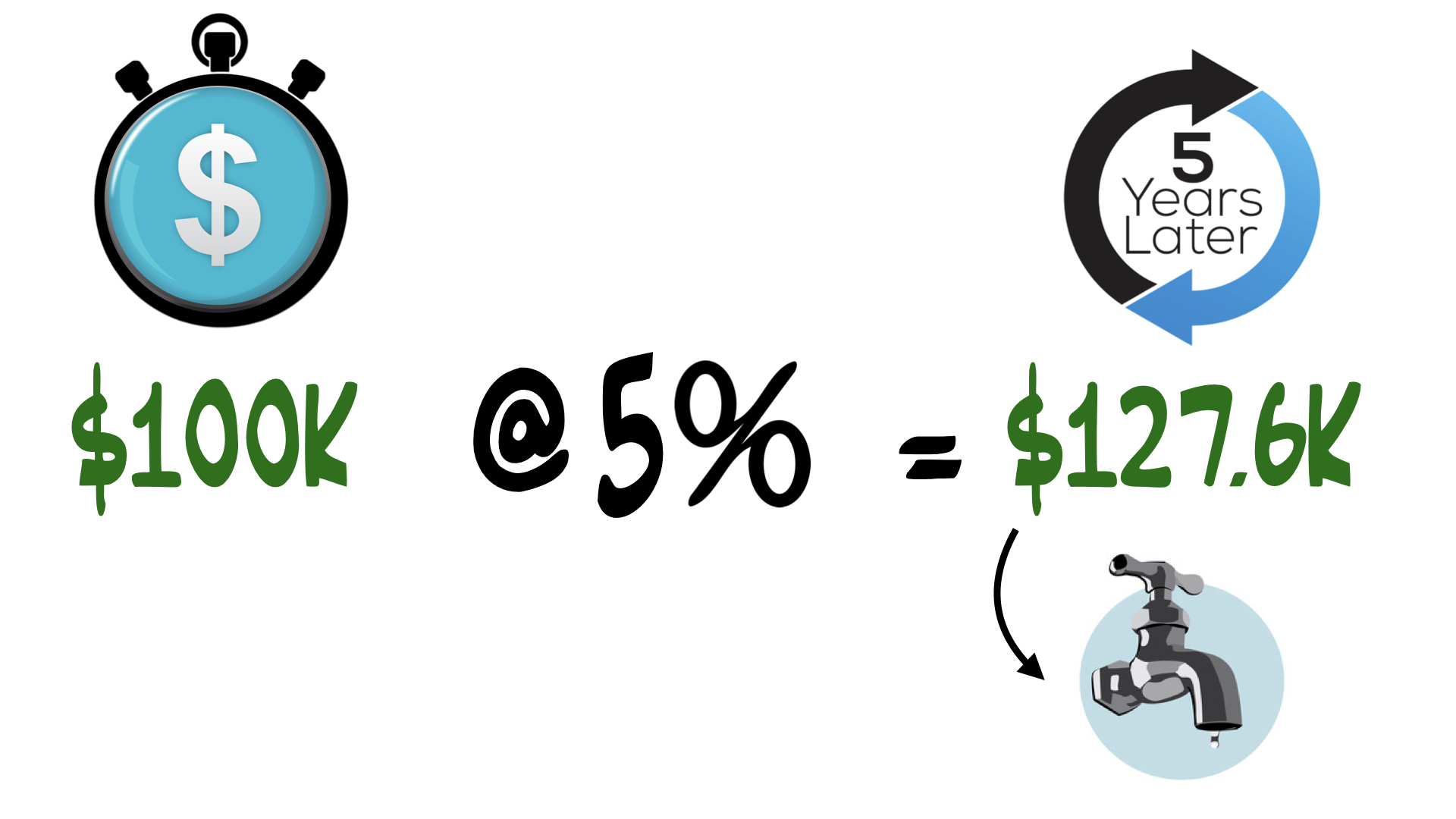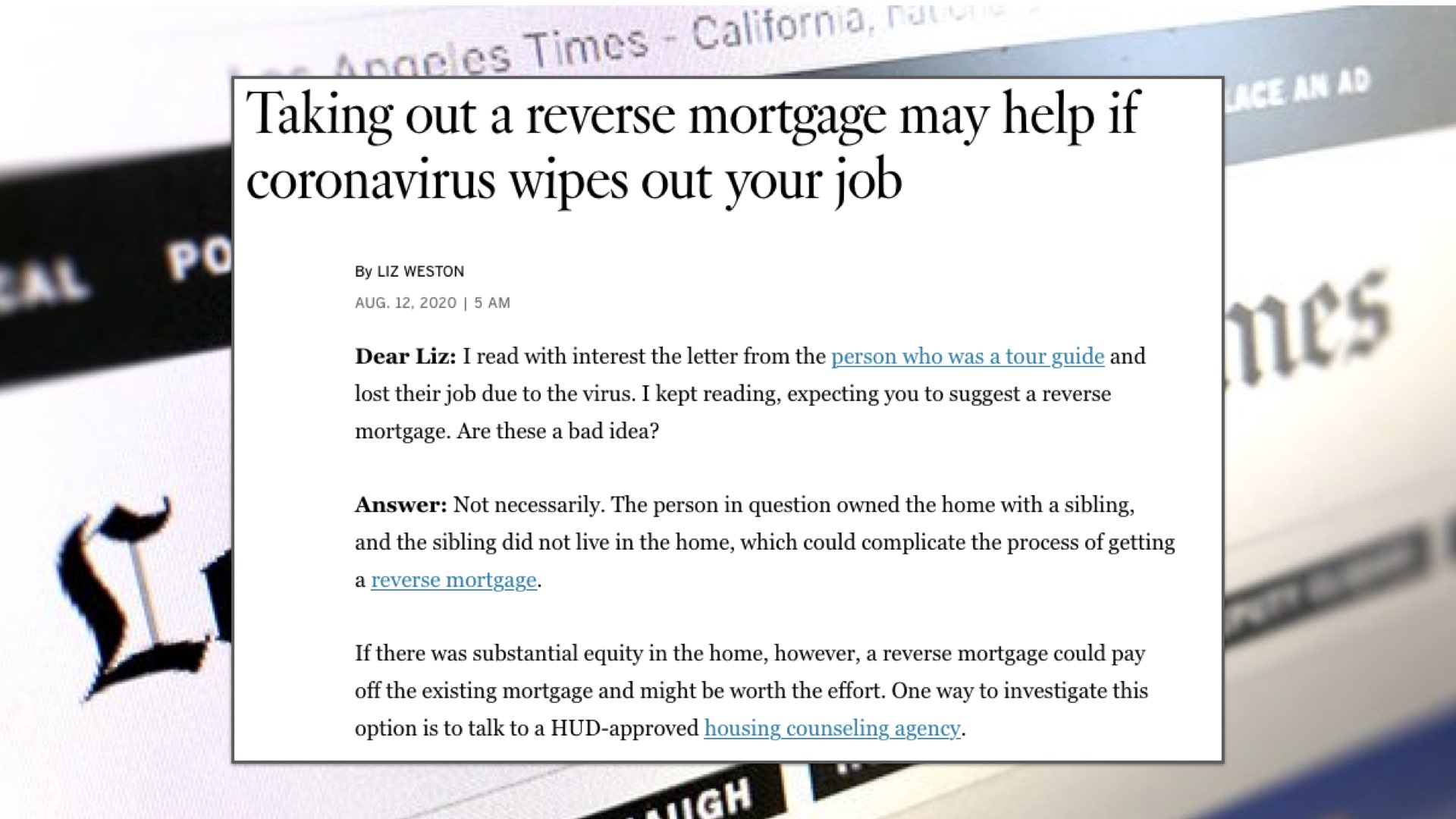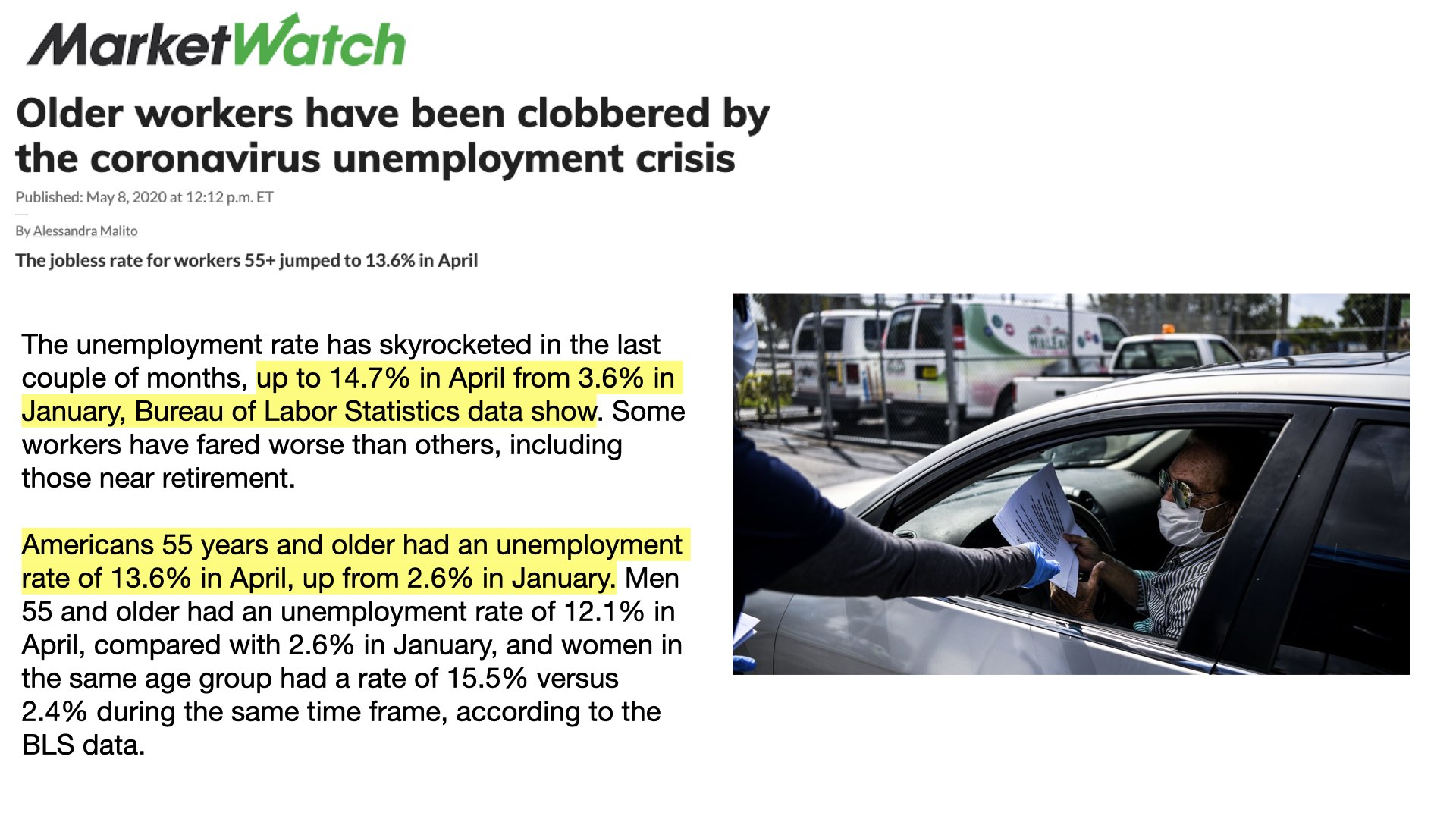The Perfect Storm: Long Term Care premiums skyrocket while fewer qualify
Long-term-care premiums are skyrocketing and many who apply are turned down. Where can older Americans turn to secure their future?
“Right now, if you’re in your mid-50s and healthy, a typical individual long-term care policy would cost around $3,000 a year. Even without premium increases, that would be close to $100,000 over 30 years”. Those are the words of columnist Howard Gold in his September 16th MarketWatch column.
Countless middle-aged workers decided to protect their financial future against costly long-term care in their elder years by purchasing a long-term care insurance policy. A move many financial advisors actively encouraged. Today these policyholders are seeing huge premium increases as payouts for care increased and individuals kept the policies longer than anticipated. Some of the 8 million-plus Americans who have such a policy are facing a financial Sofie’s Choice having to absorb the cost of continued premium hikes or cancel their policies losing the future benefit that years of payments were to secure- all at a significant financial loss. Those wishing to apply for coverage will find getting approved more difficult. “According to the American Association for Long-Term Care Insurance, 44% to 51.5% of people over 70 who apply for a long-term care policy are declined by insurers”, writes Gold. The percentage of those declined coverage drops to about 20% for those in their 50’s. [read more]
Outside of purchasing a life insurance policy or annuity with a long-term care rider, those seeking coverage will have to tap into existing assets such as cash savings or investments. Where else can one turn to find the means to pay for future care in old age should they need it? Homeowners 60 and older could tap into what is likely their largest financial assets- their home’s value with a federally-insured HECM or proprietary reverse mortgage. In his recent interview with Reverse Mortgage Daily, Lance Canada recounted, “I encountered many seniors who wanted to purchase LTC policies but could not afford them. So, I started to research if there was a product that could help senior homeowners to be able to afford the kinds of LTC products that they wanted. This is what led me to the reverse mortgage product.”
We reached out to Lance for further comment. He shared the following. “1 out of 2 people will need LTC. Unfortunately, many folks ‘under-save’, yet I never ran into anybody who didn’t want long-term care coverage because many had friends who went through their money trying to take care of long-term care expenses. The safest approach is to ask ‘what other financial planning have you done to prepare for aging in place?’ If they express a concern you can refer them to your trusted long-term care specialist.”
So what can be done? Older homeowners could certainly use the proceeds from their reverse mortgage to finance a robust long-term care policy, however, they risk facing increasing premiums. Another option would be to partially ‘self-insure’ utilizing proceeds from the loan. In this scenario, the homeowner would set up an open ‘line of credit’ or leave all available funds in the remaining
Such a strategy requires considerable financial discipline from the borrower to avoid the temptation of taking withdrawals for other wants and needs. However, the fiscally-conservative borrower could set aside a portion of their previous mortgage payment into a separate interest-bearing account while the available credit line continues to grow until long term care and medical expenses are to be met. The pros are no expensive premium payments are required that further strain monthly cash flow and no underwriting is required. The cons are that reverse mortgages consume a portion of the home’s equity each month as the loan balance grows and long term care expenses could exceed the funds available in the line of credit. Either way, many find themselves in a proverbial catch-22 to finance long-term care who could utilize a reverse mortgage to soften the financial shock of future care.
Read the Market Watch column [/read]
























